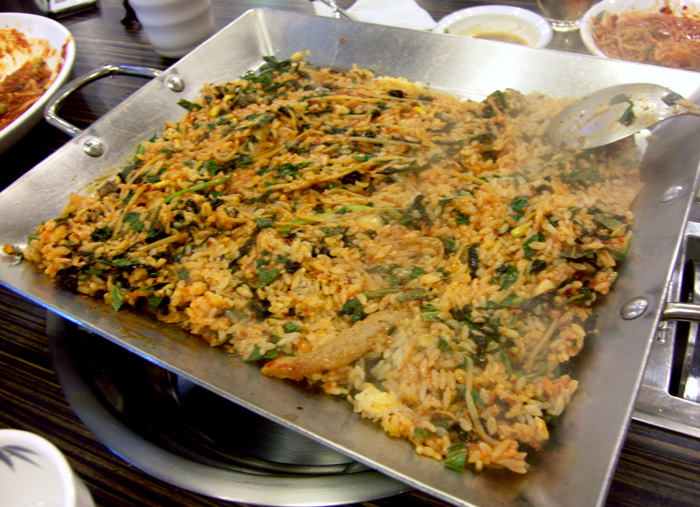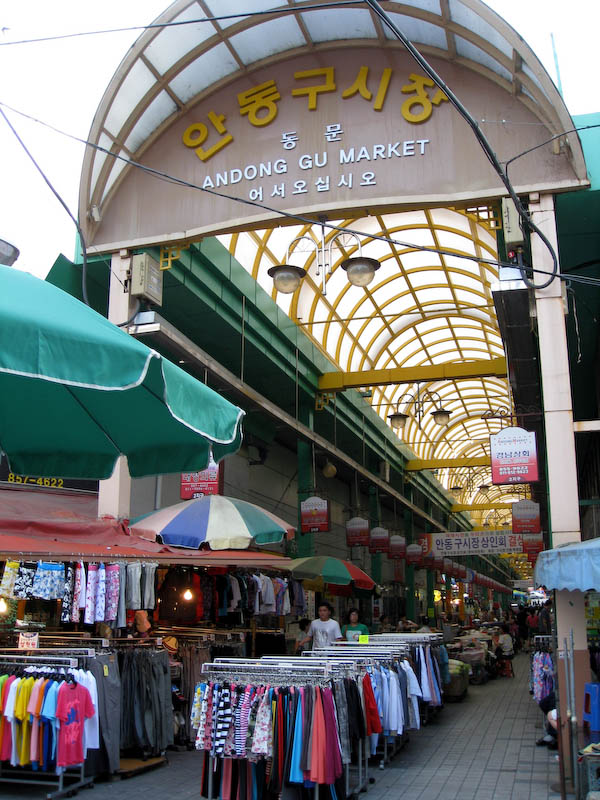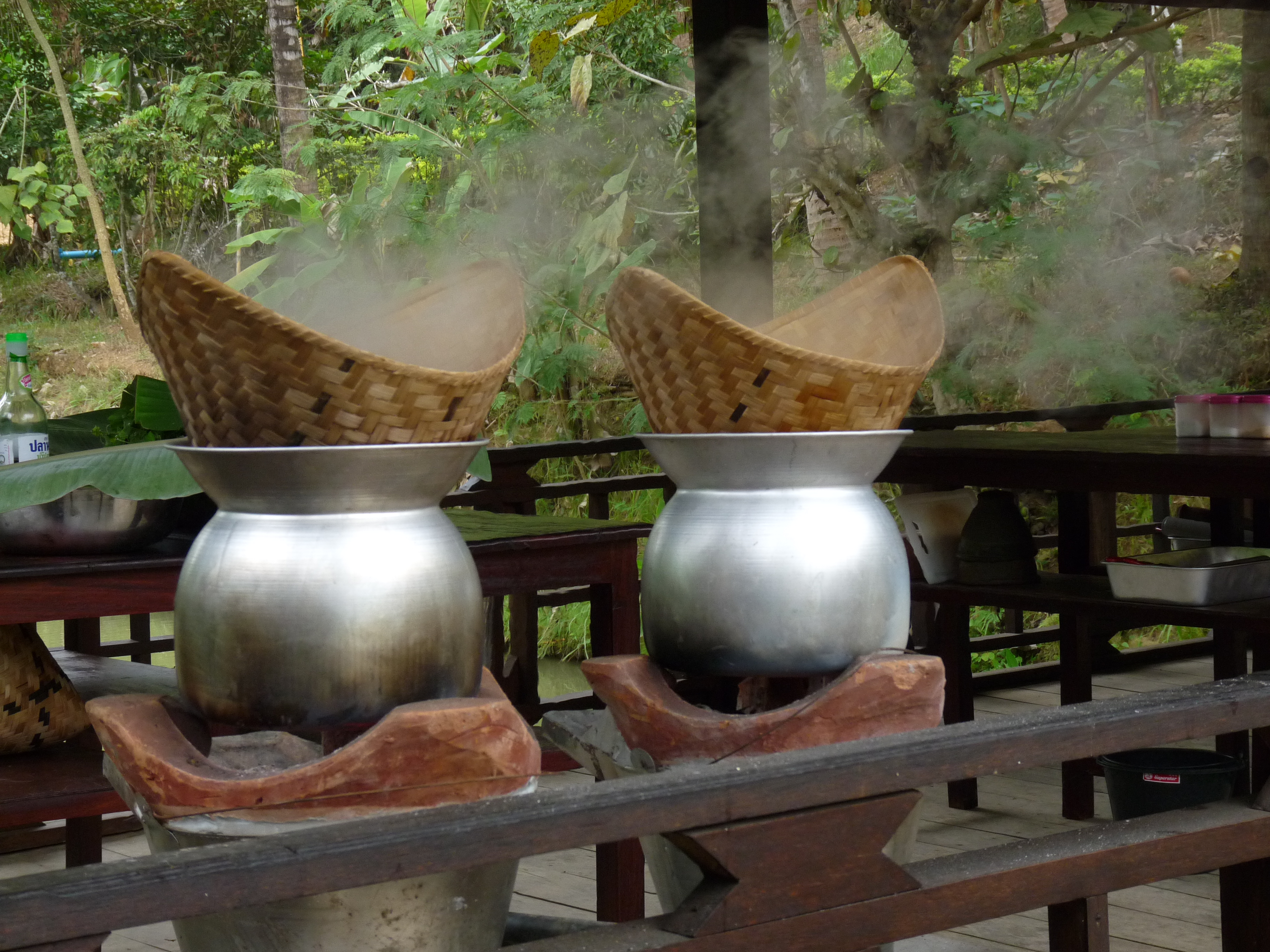|
Jjim
''Jjim'' (찜; ) is a Korean cuisine term referring to dishes made by steaming or boiling meat, chicken, fish, or shellfish which have been marinated in a sauce or soup. The cooking technique originally referred to dishes cooked in a '' siru'' (시루, earthenware steamer mainly used for making ''tteok'') by steaming. However, the name ''jjim'' has now come to imply a finished dish with a steamed appearance. The cooking method for most ''jjim'' dishes nowadays has changed to boiling the ingredients in broth and reducing the liquid.''Jjim'' at Nate Encyclopedia Pressure cookers are popular for making ''jjim'' as well. ... [...More Info...] [...Related Items...] OR: [Wikipedia] [Google] [Baidu] |
Galbijjim
Galbi-jjim * () or braised short ribs is a variety of ''jjim'' or Korean steamed dish made with ''galbi'' (갈비, short rib). ''Galbijjim'' is generally made with beef or pork (돼지, dweji) short ribs. In the latter case, it is called ''dweji galbijjim'' (돼지갈비찜). Galbijjim at History In traditional cuisine, ''galbijjim'' was traditionally eaten at '''' along with '''', '' |
Agujjim
''Agwi-jjim'' * () or ''agu-jjim'' () is a Korean ''jjim'' dish made with blackmouth angler, the fish known as ''agwi'' in Korean. The name of the dish is usually translated as "braised spicy angler". The dish is seasoned with hot chili pepper powder, doenjang, ''ganjang'' ( soy sauce), minced garlic, and chopped scallions to make it spicy and hot. However, other ingredients such as '' kongnamul'' (soybean sprouts), ''mideodeok'' (미더덕, '' Styela clava''), and ''minari'' (미나리, ''Oenanthe javanica'') also play an important role in giving ''agujjim'' a refreshing and fragrant flavor. The fish is an excellent source of protein and a has rich taste as well as a palatable chewy texture. History Its origins are known to be a fish market in the city of Masan, South Gyeongsang Province where local fishermen would ask cooks from the market eateries to create a tasty dish from the ugly fish. Until the 1940s, the fish was not eaten and was frequently discarded due to its ugl ... [...More Info...] [...Related Items...] OR: [Wikipedia] [Google] [Baidu] |
Gyeranjjim
''Gyeran-jjim'' (), ''Dalgyal-jjim'' () or steamed eggs is a type of ''jjim'', Korean steamed dish. * It is a custardy, casserole-like ''banchan'' (side dish), often seasoned with '' saeu-jeot'' (salted shrimp) or '' myeongnan-jeot'' (salted pollock roe) and topped with scallions and toasted sesame seeds. The ideal ''gyeran-jjim'' is light and fluffy. Preparation and types There are several ways to cook ''gyeran-jjim''. It can be steamed, double-boiled, or boiled in a stovetop-safe crock on a very low heat. For faster cooking, some people microwave the bowl. Eggs are sieved, and whisked with water until the mixture are completely blended in a cream-like consistency. Sometimes, kelp and/or anchovy broth is used in place of water for a richer flavor. Optional ingredients include mushrooms, peas, onions, Korean zucchini, carrots, and other vegetables for their own twist on the dish. The dish is then seasoned with '' saeu-jeot'' (salted shrimp), '' myeongnan-jeot'' (salted poll ... [...More Info...] [...Related Items...] OR: [Wikipedia] [Google] [Baidu] |
Andong Jjimdak
Andong-jjimdak () is a variety of ''jjim'' (a Korean steamed or boiled dish), which originated in the city of Andong, Gyeongsangbuk-do Province and is made with chicken, various vegetables marinated in a ''ganjang'' ( Korean soy sauce) based sauce. The name literally means "steamed chicken of Andong." Origin There are many speculations on the origin of the dish. One is that it is a specialty food of the inner rich village of Andong during the Joseon period, prepared and eaten for special occasions. Another assumption is that during the 1980s in the ''Dak golmok'' (닭골목, literally "chicken alley") of the "Andong Gu Market," restaurant owners there made a dish including ingredients that regulars demanded, which became the current ''Andong-jjimdak''. The most plausible speculation among existing assumptions is that merchants of the ''Dak golmok'' at the market created the dish to keep their position against the rapid expansion of Western fried chicken shops. Preparations ... [...More Info...] [...Related Items...] OR: [Wikipedia] [Google] [Baidu] |
Kongnamul
Soybean sprout is a culinary vegetable grown by sprouting soybeans. It can be grown by placing and watering the sprouted soybeans in the shade until the roots grow long. Soybean sprouts are extensively cultivated and consumed in Asian countries. History It is assumed that soybean sprouts have been eaten since the Three Kingdoms of Korea. Records of ''kongnamul'' cultivation are found in an early 13th century medical book, '' Emergency Folk Medicine Remedies'', published in Goryeo. The book states that in 935, during the foundation of Goryeo, a Taebong general, Bae Hyeon-gyeong, offered soybean sprouts to starving soldiers. Cooking methods of soybean sprout dishes are listed in '' Farm Management'', a Joseon farming and living book. Another Joseon document, '' Literary Miscellany of Seongho'', states that the poor used soybean sprouts to make ''juk'' (rice porridge). According to '' Complete Works of Cheongjanggwan'', an essay collection from the Joseon era, soybean sprout wa ... [...More Info...] [...Related Items...] OR: [Wikipedia] [Google] [Baidu] |
Masan
Masan is an administrative region of Changwon, a city in the South Gyeongsang Province. It was formerly an independent city from 1949 until 30 June 2010, when it was absorbed to Changwon along with Jinhae. Masan was redistricted as two districts within Changwon, Masanhappo-gu and Masanhoewon-gu. On 31 December 2012, the population of the districts combined was 406,893. Throughout Korean history, Masan served as a significant port city of Happo, which went through rapid modernization in the 19th century. It was also a stage for significant democratization movements in the 1960s and 1970s, most notable event being the Bu-Ma Democratic Protests in 1979. Due to its status as a free trade port, Masan has experienced consistent growth until the early 1990s when the construction of Changwon went underway and began to attract citizens around the region. History September 1274 – After Korean officials encouraged Kublai Khan – head of the Mongol Yuan Dynasty – in 1267 that Japa ... [...More Info...] [...Related Items...] OR: [Wikipedia] [Google] [Baidu] |
Cellophane Noodles
Cellophane noodles, or fensi (), sometimes called glass noodles, are a type of transparent noodle made from starch (such as mung bean starch, potato starch, sweet potato starch, tapioca, or canna starch) and water. A stabilizer such as chitosan (or alum, illegal in some jurisdictions) may also be used. They are generally sold in dried form, soaked to reconstitute, then used in soups, stir-fried dishes, or spring rolls. They are called "cellophane noodles" or "glass noodles" because of their cellophane- or glass-like transparency when cooked. Cellophane noodles should not be confused with rice vermicelli, which are made from rice and are white in color rather than clear (after cooking in water). Varieties Cellophane noodles are made from a variety of starches. In China, cellophane noodles are usually made of mung bean starch or sweet potato starch. Chinese varieties made from mung bean starch are called Chinese vermicelli, bean threads, or bean thread noodles. Chinese varie ... [...More Info...] [...Related Items...] OR: [Wikipedia] [Google] [Baidu] |
Ganjang
Soy sauce (also called simply soy in American English and soya sauce in British English) is a liquid condiment of Chinese origin, traditionally made from a fermented paste of soybeans, roasted grain, brine, and ''Aspergillus oryzae'' or '' Aspergillus sojae'' molds. It is considered to contain a strong umami taste. Soy sauce in its current form was created about 2,200 years ago during the Western Han dynasty of ancient China, and it has spread throughout East and Southeast Asia where it is used in cooking and as a condiment. Use and storage Soy sauce can be added directly to food, and is used as a dip or salt flavor in cooking. It is often eaten with rice, noodles, and sushi or sashimi, or can also be mixed with ground wasabi for dipping. Bottles of soy sauce for salty seasoning of various foods are common on restaurant tables in many countries. Soy sauce can be stored at room temperature. History East Asia China Soy sauce (, ) is considered almost as old as soy p ... [...More Info...] [...Related Items...] OR: [Wikipedia] [Google] [Baidu] |
Steaming
Steaming is a method of cooking using steam. This is often done with a food steamer, a kitchen appliance made specifically to cook food with steam, but food can also be steamed in a wok. In the American southwest, steam pits used for cooking have been found dating back about 5,000 years. Steaming is considered a healthy cooking technique that can be used for many kinds of foods. Because steaming can be achieved by heating less water or liquid, and because of the excellent thermodynamic heat transfer properties of steam, steaming can be as fast, or faster, than cooking in boiling water, as well as being more energy efficient. History Some of the world's earliest examples of steam cooking were found in China's Yellow River Valley, early steam cookers made of stoneware have been found dating back as far as 5,000 BCE. And also in Gunma Prefecture, Japan, created during the Stone Age. Some of the second earliest examples of steam cooking have been found in Italy and Sardinia, crea ... [...More Info...] [...Related Items...] OR: [Wikipedia] [Google] [Baidu] |
Soy Sauce
Soy sauce (also called simply soy in American English and soya sauce in British English) is a liquid condiment of Chinese origin, traditionally made from a fermented paste of soybeans, roasted grain, brine, and '' Aspergillus oryzae'' or '' Aspergillus sojae'' molds. It is considered to contain a strong umami taste. Soy sauce in its current form was created about 2,200 years ago during the Western Han dynasty of ancient China, and it has spread throughout East and Southeast Asia where it is used in cooking and as a condiment. Use and storage Soy sauce can be added directly to food, and is used as a dip or salt flavor in cooking. It is often eaten with rice, noodles, and sushi or sashimi, or can also be mixed with ground wasabi for dipping. Bottles of soy sauce for salty seasoning of various foods are common on restaurant tables in many countries. Soy sauce can be stored at room temperature. History East Asia China Soy sauce (, ) is considered almost as ... [...More Info...] [...Related Items...] OR: [Wikipedia] [Google] [Baidu] |
Korean Cuisine
Korean cuisine has evolved through centuries of social and political change. Originating from ancient Prehistoric Korea, agricultural and nomadic traditions in Korea and southern Manchuria, Korean cuisine reflects a complex interaction of the natural environment and different cultural trends. Korean cuisine is largely based on rice, vegetables, seafood and (at least in South Korea) meats. Dairy is largely absent from the traditional Korean diet. Traditional Korean meals are named for the number of side dishes (반찬; 飯饌; ''banchan'') that accompany steaming, steam-cooked short-grain rice. Kimchi is served at nearly every meal. Commonly used ingredients include sesame oil, ''doenjang'' (fermented bean paste), Korean soy sauce, soy sauce, salt, garlic, ginger, ''gochugaru'' (chili pepper, pepper flakes), ''gochujang'' (fermented red chili paste) and napa cabbage. Ingredients and dishes vary by province. Many regional dishes have become national, and dishes that were on ... [...More Info...] [...Related Items...] OR: [Wikipedia] [Google] [Baidu] |
Galbi
''Galbi'' * (), ''galbi-gui'' (), or grilled ribs, is a type of '' gui'' (grilled dish) in Korean cuisine. "''Galbi''" is the Korean word for "rib", and the dish is usually made with beef short ribs. When pork spare ribs or another meat is used instead, the dish is named accordingly. ''Galbi'' is served raw, then cooked on tabletop grills usually by the diners themselves. The dish may be marinated in a sweet and savory sauce usually containing soy sauce, garlic, and sugar. Both non-marinated and marinated ''galbi'' are often featured in Korean barbecue. This and many other dishes in Korean barbecue influenced Yakiniku as seen in the use of galbi (coined as karubi). Preparation Cuts and marination Traditionally, ''galbi'' is cut to expose one smooth bone along the short edge with the meat uniformly filleted in flat layers. An alternative cut, "LA ''galbi''", also known as a flanken cut, features cut bones peeking out along the long edge. The method was developed by ... [...More Info...] [...Related Items...] OR: [Wikipedia] [Google] [Baidu] |


_Merr.%2C_1804.jpg)






